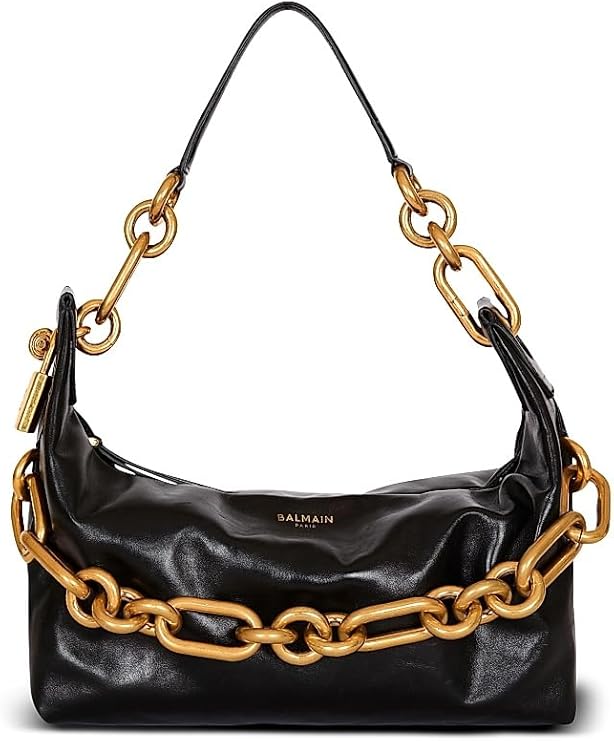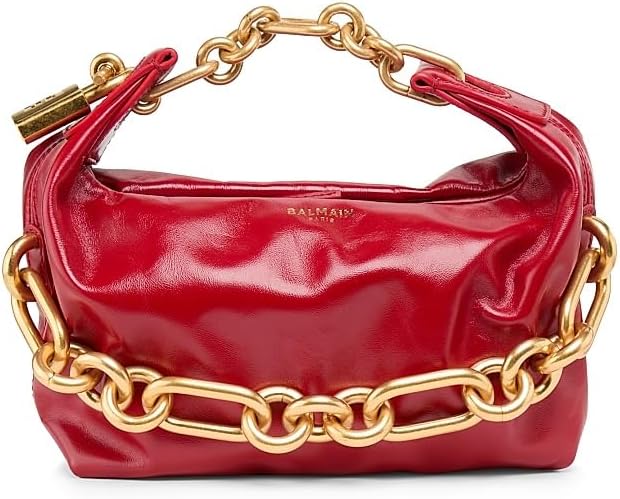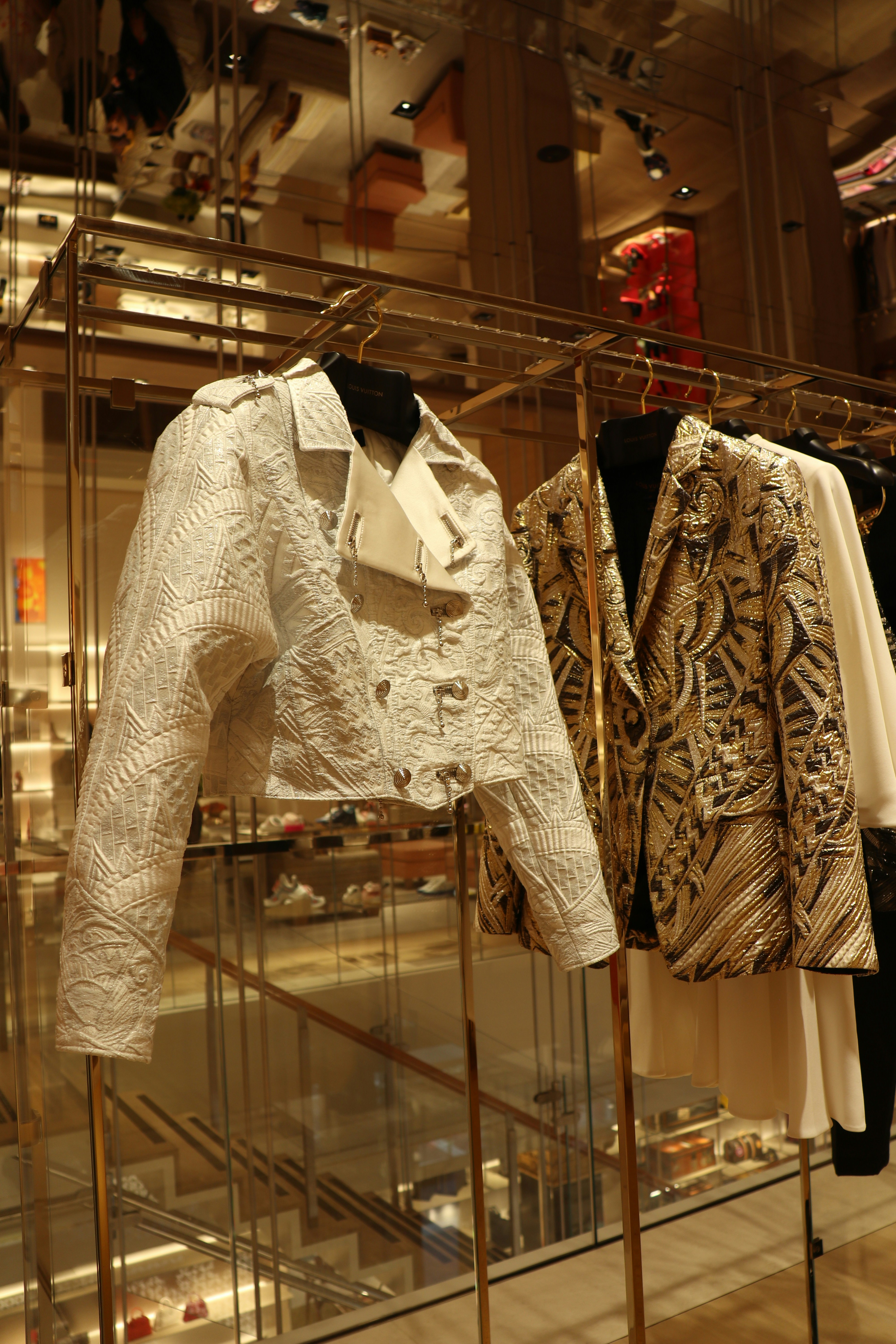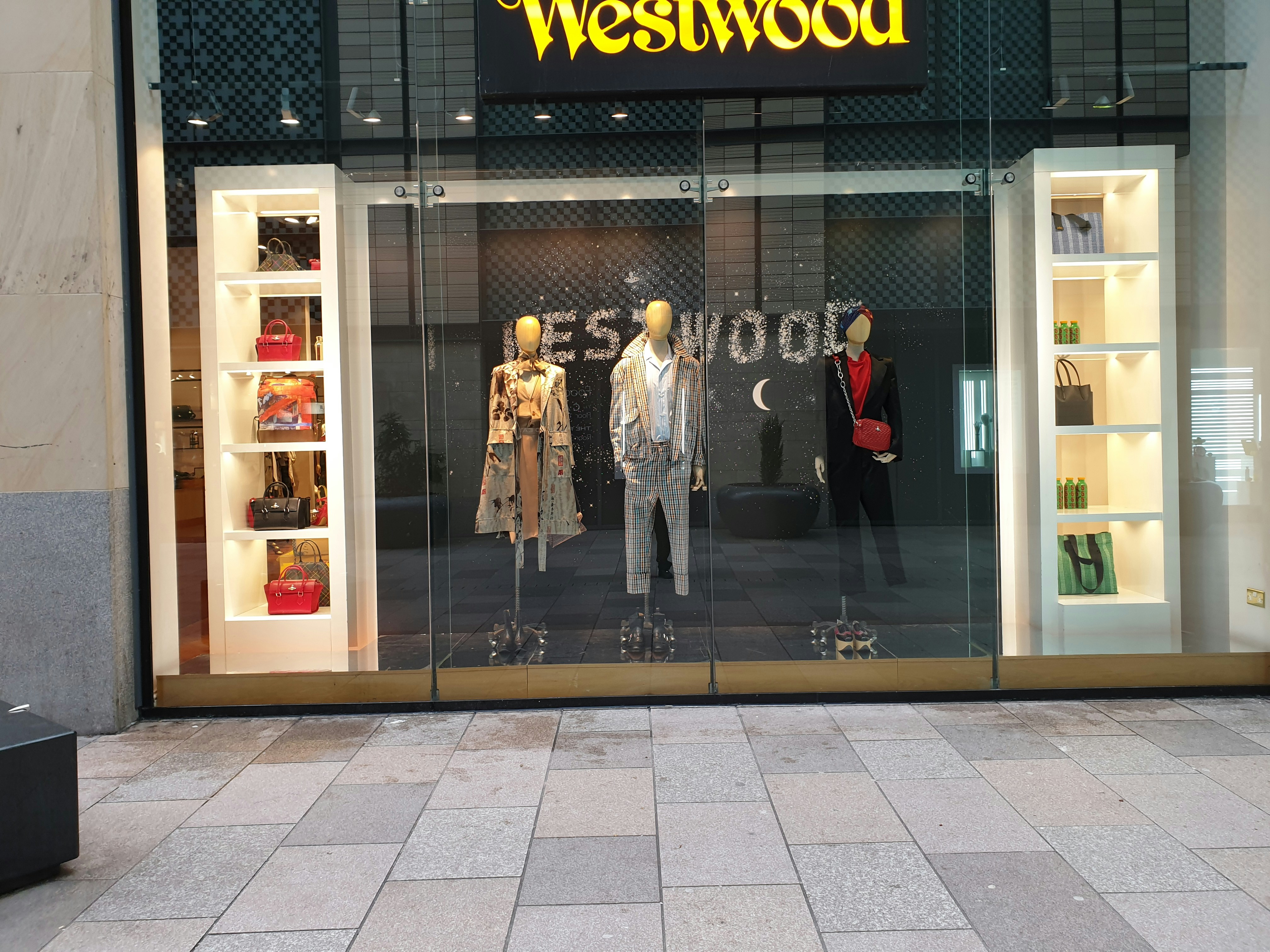The Birth of Comme des Garçons: Origins in Japan
Founded in 1969 by the visionary designer Rei Kawakubo, Comme des Garçons emerged amidst a period of significant cultural and social transformation in Japan. The post-war era had seen a shift in the fashion landscape, creating a fertile ground for experimentation and innovation. Kawakubo, with her unique perspective and artistic approach, sought to redefine fashion norms that predominantly favored conventional aesthetics, opting instead for a more avant-garde vision.
Kawakubo’s early collections were characterized by a deconstructionist approach, which not only challenged the traditional silhouettes but also disrupted the relationship between garments and the body. She embraced asymmetry, layering, and unconventional textiles, encapsulating the essence of Japanese fashion’s distinct identity. This pioneering spirit resonated with the Japanese art scene, heavily influenced by movements such as the Gutai Group, which encouraged breaking boundaries across various forms of artistic expression.
The socio-political backdrop of Japan during this period played a crucial role in shaping Kawakubo’s design ethos. The cultural shift towards individuality was reflected in the young people of Japan, who began to reject Western standards of beauty and embraced a more eclectic and personal style. Comme des Garçons became emblematic of this cultural liberation, urging wearers to embrace not just the garments themselves but also the creative ideas they represented. Through bold designs and an unmistakable vision, Kawakubo positioned Comme des Garçons as a leading force in the global fashion arena, paving the way for other Japanese designers to emerge and share their unique narratives with the world. This ethos of pushing boundaries and challenging norms was instrumental in establishing the brand as a mainstay in fashion innovation.
Breaking Boundaries: Avant-Garde and Deconstruction
Comme des Garçons, under the visionary leadership of designer Rei Kawakubo, has notably positioned itself at the forefront of the avant-garde movement in fashion. This Japan-based brand has intrigued and often bewildered audiences through its bold, innovative approach to design, which emphasizes deconstruction, asymmetry, and the unconventional use of materials. The brand’s philosophy seeks to challenge established norms and redefine the very essence of what clothing signifies.
Deconstruction, a term that embodies the ethos of breaking down the conventional garment structure, is a hallmark of Comme des Garçons’ approach. Instead of adhering to traditional silhouettes and forms, Kawakubo has consistently opted to dismantle and reinterpret these elements. For instance, the Spring/Summer 1997 collection showcased her acute sense of asymmetry, where garments were intentionally unbalanced, encouraging wearers to embrace a more fluid interpretation of fashion. This approach allows the body to be visually explored rather than merely cloaked, positioning the garment as a form of art rather than a mere commodity.
Moreover, the avant-garde aesthetic is not only reflected in the garment shapes but also in the materials used. Comme des Garçons effectively employs unexpected textiles such as rubber, plastic, and netting, often juxtaposing these against more familiar fabrics like silk and wool. Such choices illustrate a deliberate challenge to the perception of luxury and the nature of clothing itself. Iconic runway shows have further demonstrated this philosophy; for example, the Fall/Winter 2015 presentation featured models clad in stark, industrial designs that blurred the lines between clothing and sculpture, evoking deep thought about identity and societal norms.
Through its continuous exploration of avant-garde ideals, Comme des Garçons has undeniably reshaped modern fashion, urging both designers and consumers to reconsider their perceptions of style and self-expression.
Cultural Impact: Comme des Garçons Beyond the Runway
Comme des Garçons, founded by the visionary designer Rei Kawakubo, has transcended its status as a mere fashion brand to become a significant cultural phenomenon. Its influence extends well beyond traditional runway shows, where avant-garde designs often provoke thought and challenge norms. The brand has played a pivotal role in shaping various facets of culture, particularly in art, music, and lifestyle, cultivating a distinct subculture synonymous with its innovative aesthetic.
In the realm of art, Comme des Garçons has frequently collaborated with renowned artists, bridging the gap between fashion and fine arts. Exhibitions featuring the brand’s designs have been held in prestigious institutions, showcasing the intricate relationships between garments and artistic expression. The brand’s unique approach has encouraged an intersectional dialogue, prompting discussions about the boundaries between wearable art and traditional fashion. As a result, the identity of Comme des Garçons has become intertwined with contemporary art movements, influencing a generation of artists and designers who view clothing as an extension of their creative vision.
Moreover, the music industry has also felt the resonating impact of Comme des Garçons, with numerous musicians and performers embracing the brand’s unconventional styles. This relationship has fostered a sense of rebellion and individuality, encouraging artists to express their identities through distinctive fashion choices. The brand’s bold silhouettes and challenging aesthetics have become synonymous with subcultures, often appearing in music videos, performances, and red-carpet events, serving as visual statements of artistic intent.
In addition to its contributions to art and music, Comme des Garçons has also influenced lifestyle choices, encouraging a mindset that values creativity and self-expression over conventional beauty standards. Its unique positioning has inspired a dedicated following that embraces these ideals, resulting in a cultural landscape that celebrates diversity and personal expression. Ultimately, the interplay between Comme des Garçons and various cultural dimensions showcases its profound impact, cementing its legacy as a revolutionary force in contemporary society.
The Future of Comme des Garçons: Sustaining Innovation
As Comme des Garçons navigates the intricate terrain of the global fashion industry, it finds itself at a unique crossroads of tradition and modernity. Established by the visionary designer Rei Kawakubo, the brand has long been a hallmark of avant-garde creativity and conceptual design. The current state of Comme des Garçons reveals a profound commitment to sustaining innovation while adapting to rapidly evolving consumer preferences and technological advancements.
Looking ahead, Comme des Garçons must maintain its core identity while exploring new avenues for growth. As the fashion landscape becomes increasingly influenced by digital engagement and sustainability, the brand has an opportunity to lead by example. Efforts in sustainability, such as ethical sourcing and environmentally friendly production techniques, are becoming paramount for consumer loyalty. Comme des Garçons can build upon its avant-garde aesthetic by integrating sustainable practices, thus appealing to a new generation of fashion-conscious consumers who prioritize ethical considerations.
Additionally, advancements in technology pose both challenges and opportunities for the brand. The rise of e-commerce and digital marketing necessitates a re-examination of traditional retail strategies. Comme des Garçons has the potential to harness technology not only for product distribution but also for enhancing consumer experience through augmented reality and personalized shopping. By embracing these innovations, the brand can maintain relevance in a marketplace that increasingly favors bold, tech-savvy brands.
Looking toward the future, Kawakubo’s legacy will undoubtedly continue to influence the brand’s trajectory. Her unique perspective on fashion—characterized by a daring rejection of conventional beauty—will inform future collections and collaborations. As Comme des Garçons moves forward, it will be essential to uphold this innovative spirit while remaining agile amidst the shifting sands of consumer behavior. The sustainability of its iconic status will depend on the brand’s ability to innovate, adapt, and inspire in an ever-changing fashion world.














